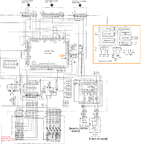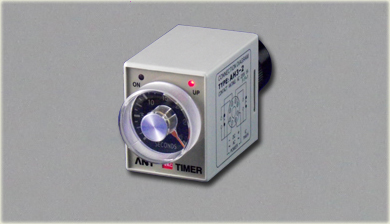Giro
Junior Member level 1
Hi,
I have a 10minute timer in an old piece of audio equipment I would really like to get rid of. Inside the device, theres a micro controller CXP5058 that consists of 8bit timers. In this case an external oscillator is present, which I think is referred to for timing reference, I have no idea about this sort of thing only what I've wrote and some experience with a solder iron.
So in light of that what would be the easiest way extend or disable the timer?
I have a 10minute timer in an old piece of audio equipment I would really like to get rid of. Inside the device, theres a micro controller CXP5058 that consists of 8bit timers. In this case an external oscillator is present, which I think is referred to for timing reference, I have no idea about this sort of thing only what I've wrote and some experience with a solder iron.
So in light of that what would be the easiest way extend or disable the timer?

